Vans and trucks (but also containers) are often the target of thieves and criminals because of the accessibility of valuable goods stored inside.
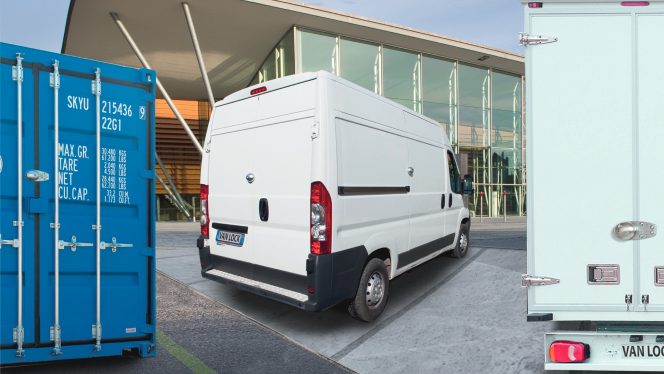

Vans and trucks (but also containers) are often the target of thieves and criminals because of the accessibility of valuable goods stored inside.
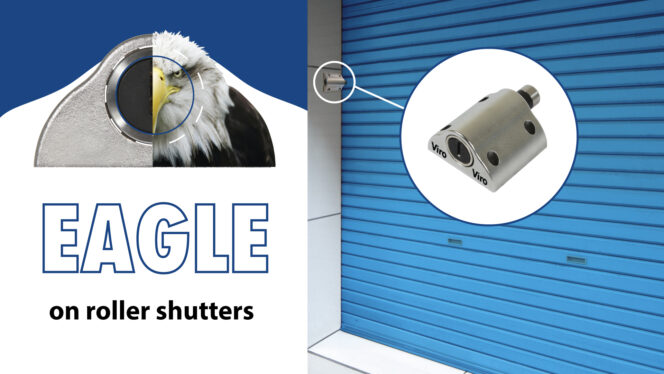
The EAGLE fastening unit is the new practical solution to secure shops and premises in style, preserving the roller shutter motor.
The compact design and the high quality of the materials and treatments used guarantee great resistance to attacks and corrosion, protecting the goods over time: in fact, all the main components, body, closing rod, spheres, springs and internal pins are in stainless steel.
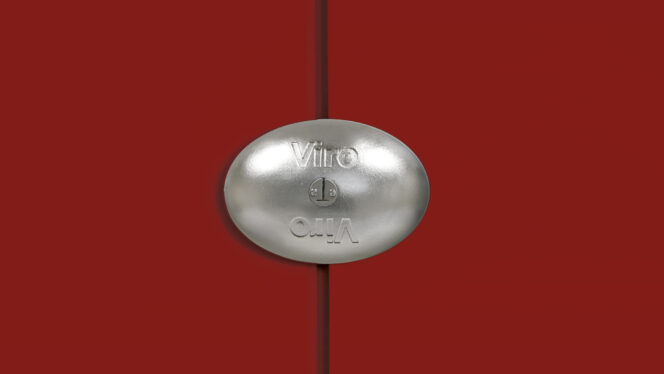
The enhanced security provided compared with the weak locks installed as standard is only the most obvious advantage of the VAN LOCK Viro. When evaluating the installation of an additional lock it is important to also bear in mind other factors, such as the ease of everyday use, reliability over time and versatility.
Continue reading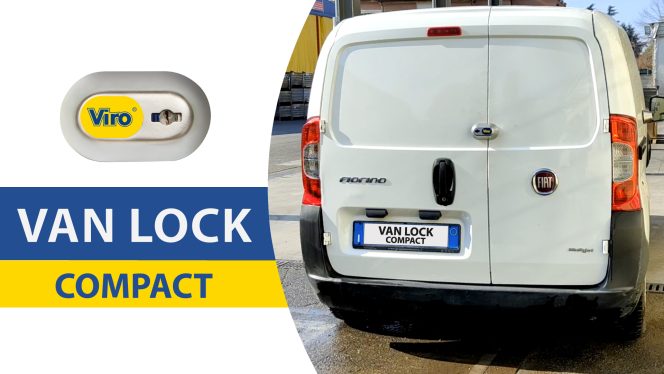
Are you looking for a way to make your agile transport vehicle more secure without having to remove and replace a padlock after each opening?
Discover the 3 strongpoints of the new Van Lock Compact fastening unit, which is ideal for small-medium vehicles and the “brother” of the well-known Van Lock (which is more suitable for medium-large vans and, with the relative accessory item 4222.2035, also for trucks).

In this article we will find out the differences between the TSA approved locks and the other common locks, plus, we will show you how to change the combination of a Viro TSA approved lock.
The beginning of the autumn season, like every year, marks (for many) the return to routine, resulting in a slowdown in tourist travel and a consequent greater offer of advantageous proposals to travel to the USA or to more remote destinations, perhaps making a stopover in one of the many American airports.
To travel to the United States it is absolutely recommended to close your suitcases with TSA locks for the reasons that we will see below.
Continue reading
Many of you ask us for information on the characteristics that make a padlock, lock, safe or other safety device a good quality product. The doubt is always the same: how to choose between so many offers?
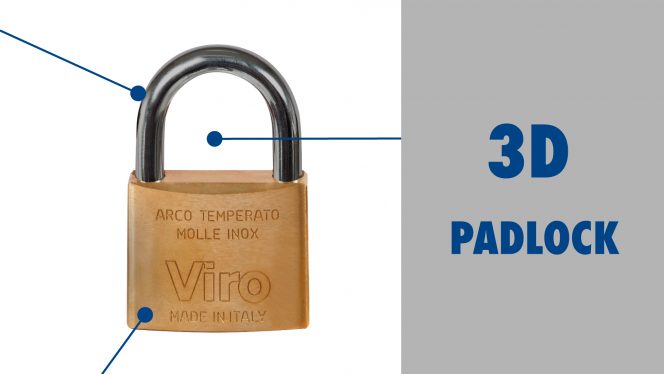
There are many different shapes and sizes of padlocks on the market. But when it comes to choosing one, as well as looking at specific characteristics, such as the heat and chemical treatments they have undergone or the general strength of the product, it is important to consider which padlock, based on its size, can best meet your needs.
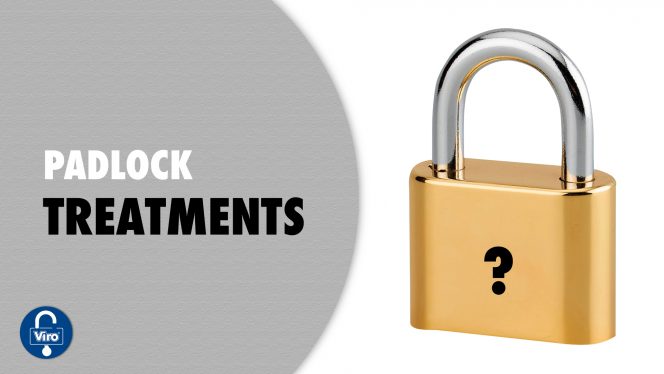
In today’s post we will see how much the shine of the locks and the treatments they undergo affect security.

As we know, the resistance of a padlock to break-in attempts is as important as the potential lifetime of the product (i.e. rust-proof), but which factors make a padlock ready to best deal with these circumstances?
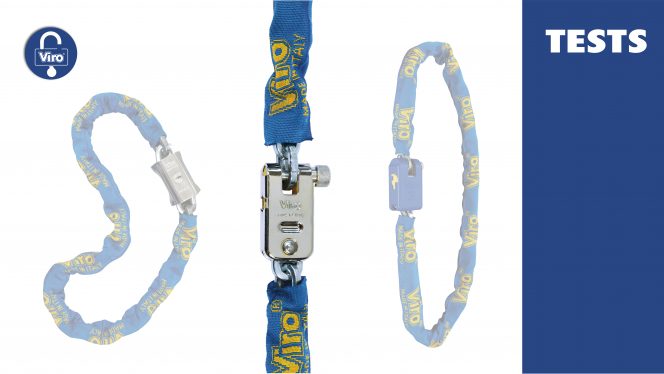
In the last article, after outlining the characteristics of the 3 resistance tests to which the security items are subjected (if you have any doubts about it please have a look at this link), we focused on the results of these tests on Viro padlocks and compared them to the imported items.